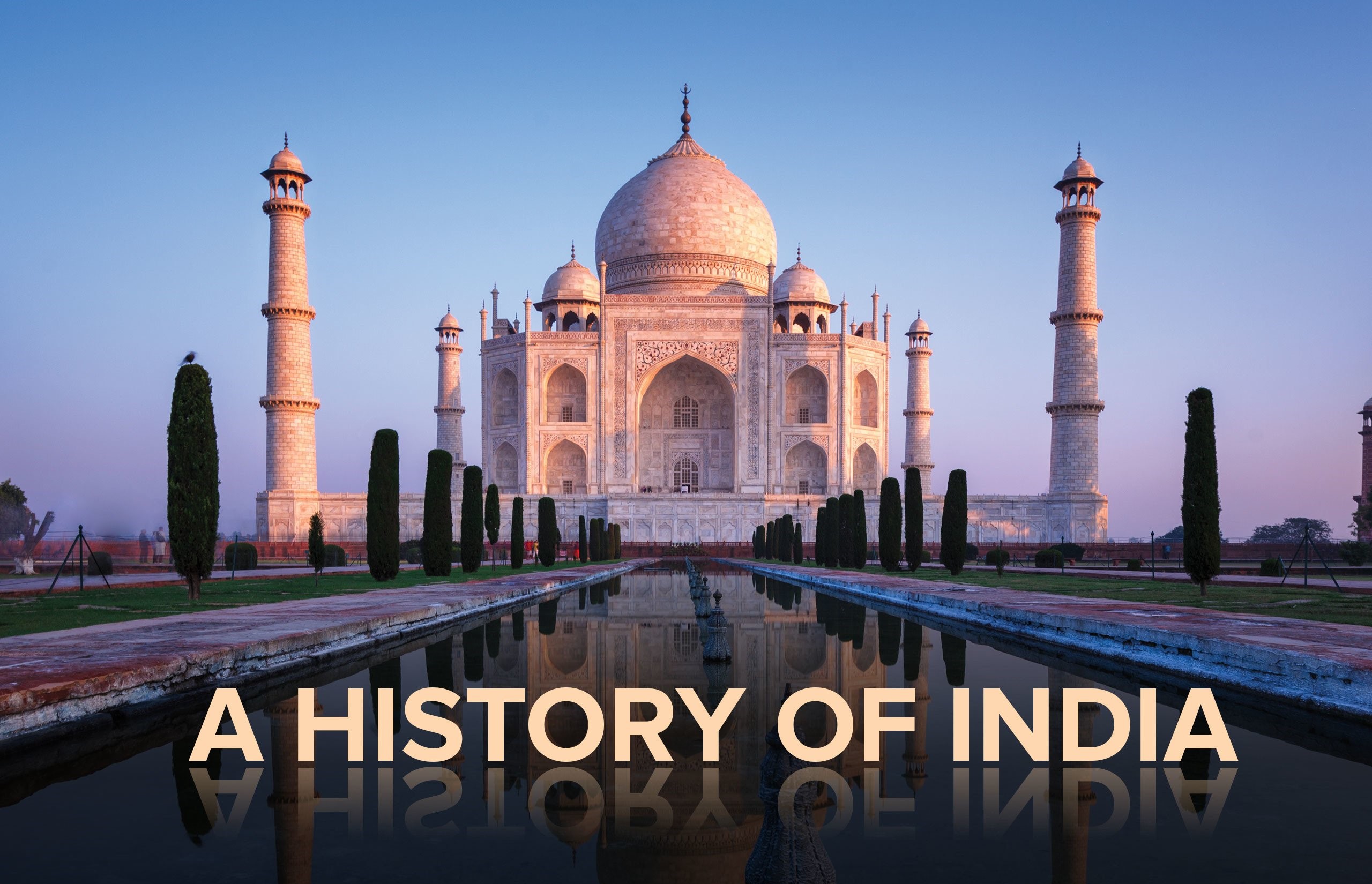Maratha State & Maratha Confederacy
Maratha State ( 1674 - 1720 )
Shivaji ( 1674 - 80 )
» Born at Shivneri Fort in 1627.
» Faiher - Shahji Bhonsle, Mother-Jija Bai Religious Teacher-Samarth Ramdas.
» Shivaji inherited the Jagir of Poona from his father in 1637.
» After the death of his guardian, Dadaji Kondadev, in 1647, he assumed full charge of his Jagir.
» He conquered many Forts viz. Singh Garh / Kondana (1643), Rohind and Chaken (1644 - 45), Toran (1646), Purandhar (1648), Rajarh / Raigarh (1656), Supa (1656) and Panhala (1659).
» Afzal Khan was deputed by Adil Shah (Rular of Bijapur) to punish Shivaji; but the later Afzal Khan was killed by Shivaji in 1659.
» Shaista Khan governor of Deccan, was deputed by Aurangzeb to put down the rising of Shivaji in 1660. Shivaji lost Poona and suffered defeats till he made a bold attack on Shista Khan (1663) and plunded Surat (1664) and later Ahmadnagar.
» Raja Jai Singh of Amber was then appointed by Aurangzeb to put down Shiva, (1665). Jai Singh succeeded in beseiging Shivaji in the fort of Purandhar. Consequently the treaty of Purandhar(l665) was signed according to which Shivaji, ceded some forts to the Mughals and paid a visit to the Mughal court at Agra.
» In 1674, Shivaji was coronated at capital Raigarh and assumed the title of Haindava Dharmodharak (Protector of Hinduism).
» After the Chhatrapati Shivaji continued the struggle with Mughals and Siddis. He conquested Karnataka during 1677-80.
Shivaji's Administration
» Shivaji divided his territory under his rule (Swaraj )into three provinces, each under a viceroy. Provinces were divided into pranta which were subdivided into parganas or tarafs. The lowest unit was village headed by Patel (Headman).
» Shivaji was helped by the ashtapmdhan (eight minister) which was unlike a collective of ministers, for there was no collective responsibility; each minister was directly responsible to Shivaji.
» Most of the administrative reforms of Shivaji were based on Malik Ambars (Ahmad nagar) reforms.
» Assessment of land revenue was based on measurement. The Kathi of Malik Ambar was adopted as the unit of measurement.
» Land revenue was fixed 1 /3rd i.e. 33% of the gross produce (initially), 2/5th i.e. 40% of the gross produce (after reforms).
» Chauth was 1/4th i.e. 25% of the land revenue was paid to the Marathas so for not being subjected to Maratha raids.
» Sardeshmukhi was an additional levy of 10% on those lands of Maharashtra over which the Maratha claimed hereditary rights, but which formed part of the Mughal Empire.
